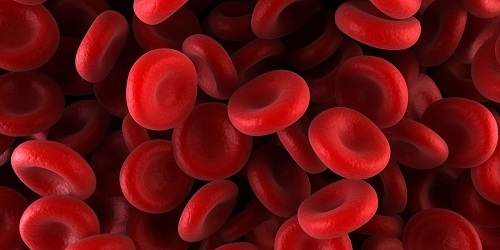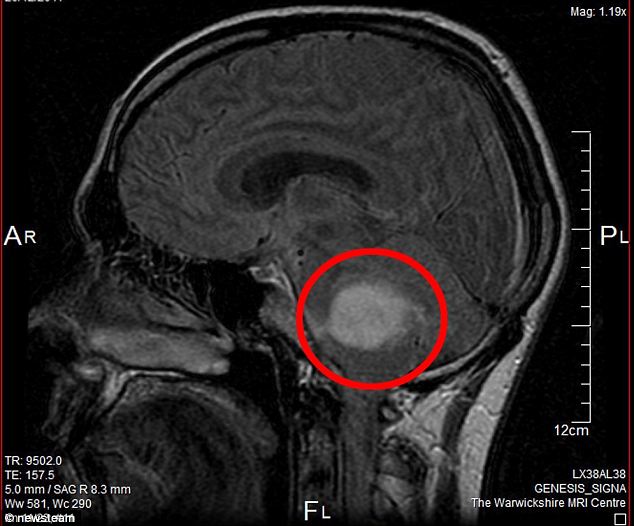Medical images could now be transmitted via mobile phones, thanks to new research at the Hebrew University of Jerusalem.
Experts say this will provide sophisticated and radiological diagnoses and treatment to populations lacking access to such technology. The new medical imaging system consists of two independent components connected through cellular phone technology.
An independent data acquisition device (DAD) at a remote patient site that is simple with limited controls and no image display capability is connected via cellular phone technology with an advanced image reconstruction and hardware control multiserver unit at a central site. The cellular phone technology transmits unprocessed, raw data from the patient site DAD to the cutting- edge central facility that has the sophisticated software and hardware required for image reconstruction. This data is then returned from the central facility to the cellular phone at the DAD site in the form of an image and displayed on its screen.
According to the World Health Organisation, some three-quarters of the world’s population has no access ot ultrasound, X-rays, magnetic resonance images and other medical imaging technology.
Study author Prof. Boris Rubinsky said: “Imaging is considered one of the most important achievements in modern medicine. Diagnosis and treatment of an estimated 20 percent of diseases would benefit from medical imaging, yet this advancement has been out of reach for millions of people in the world because the equipment is too costly to maintain. Our system would make imaging technology inexpensive and accessible for these underserved populations.”

Be a part of Elets Collaborative Initiatives. Join Us for Upcoming Events and explore business opportunities. Like us on Facebook , connect with us on LinkedIn and follow us on Twitter , Instagram.












